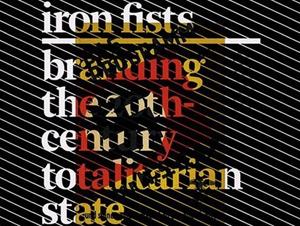The power of art as propaganda
Steven Heller’s latest book is his magnum opus. It is a big, richly illustrated book with an elegant thesis about the great horrors of the 20th Century. That the four big totalitarian states, Nazi Germany, Stalinist Russia, the Italian Fascists, and Communist China were all expertly branded by their leaders.
What made these leaders, Hitler, Stalin, Mussolini, and Mao, such expert branders?
"At the top of that list is the Nazis. They weren’t the first, but they did it the best. What they created was the identity around two things. One is their trade character, or what I call their trade character, Adolf Hitler, and the other is their trademark, the swastika," says Heller.
"(Hitler) was quite jealous of the Soviets. He wanted a hammer and sickle of his own. He wanted a red flag of his own. And so, he developed something. He developed a brand that was memorable and caused great pride." Heller continues, "It enabled people to be proud of the nation and proud of the party."
"With all of these dictators, save for Lenin, they all had aspirations toward art in some fashion. Mussolini was a writer. He was a novelist, a published novelist. "The Cardinal’s Mistress" was his book. Mao was one of the great caligraphers, and that was because he understood the power of the graphic."
PRI’s Peabody Award-winning "Studio 360 with Kurt Andersen" from WNYC is public radio’s smart and surprising guide to what’s happening in pop culture and the arts. Each week, Kurt Andersen introduces you to the people who are creating and shaping our culture. Life is busy — so let "Studio 360" steer you to the must-see movie this weekend, the next book for your nightstand, or the song that will change your life.
